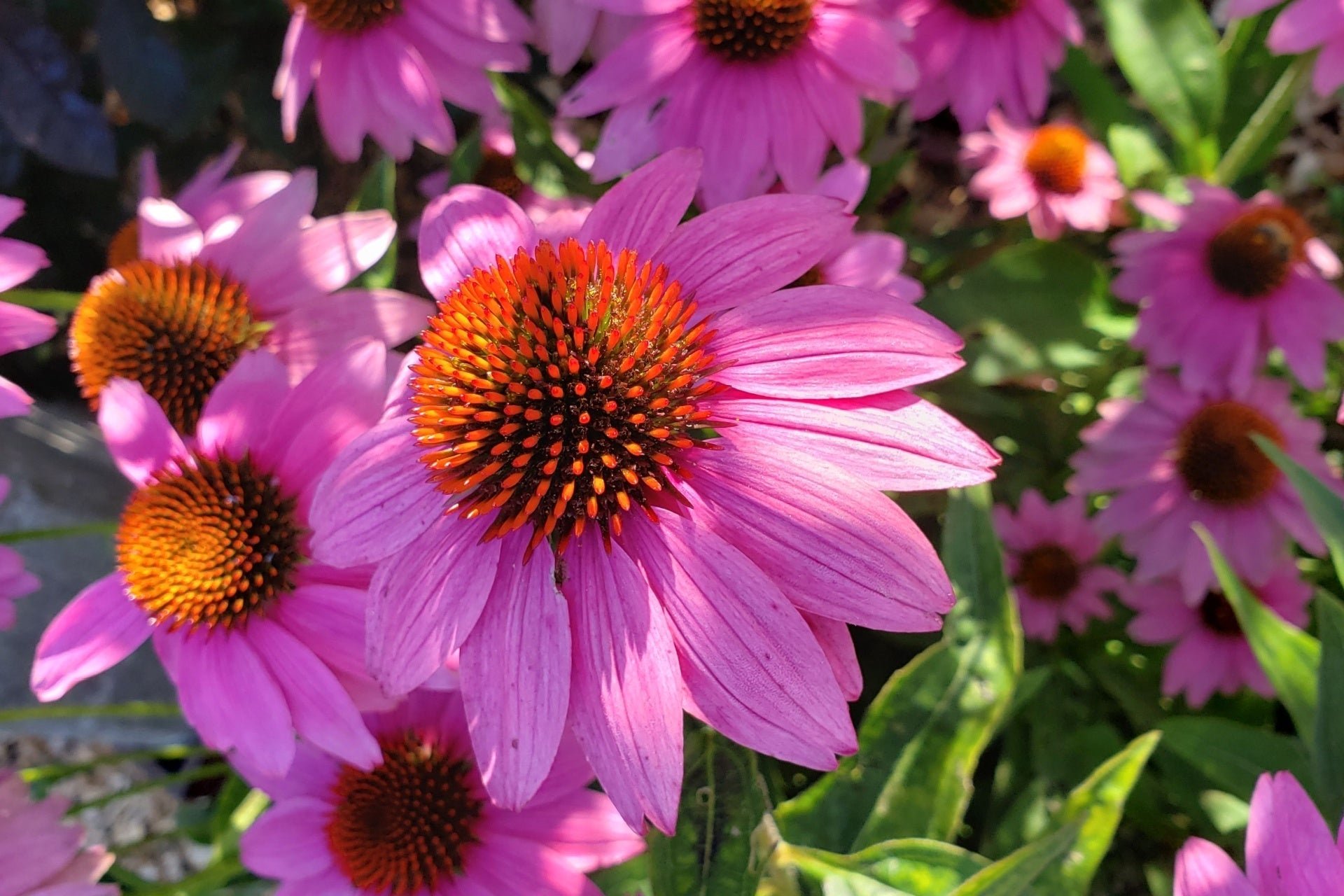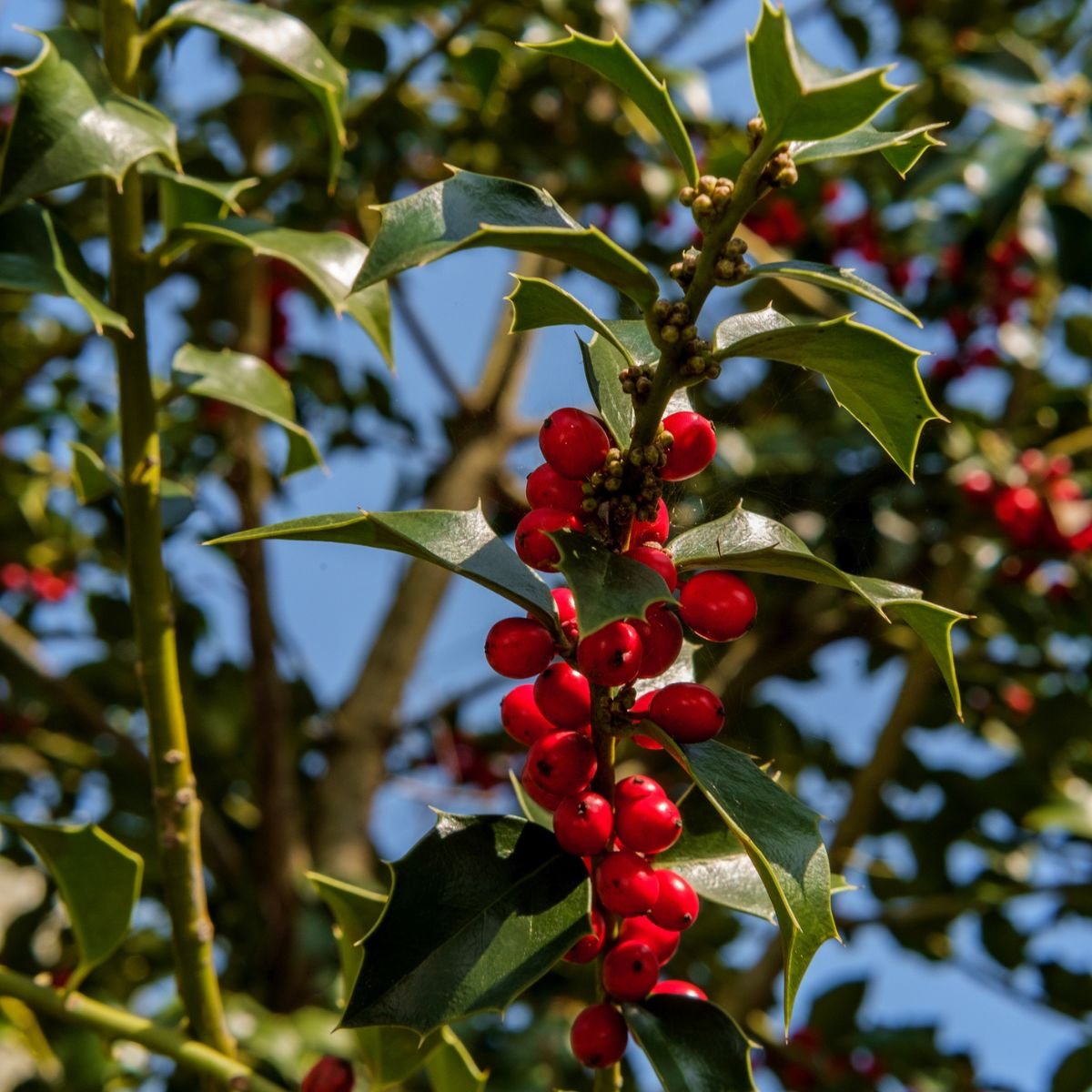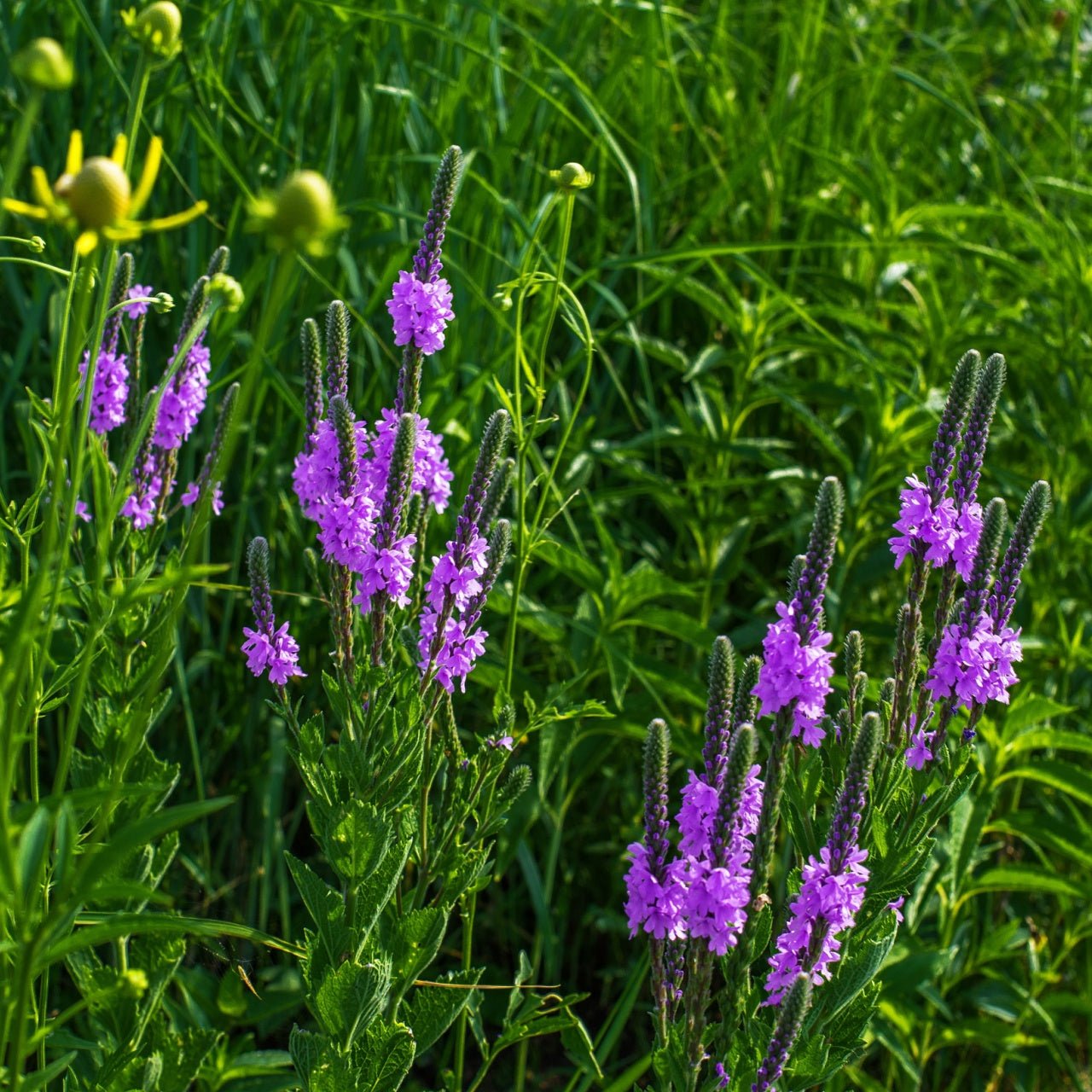Designing A Formal Flower Garden
If you enjoy crisp lines of flowers and intricate paths, a formal flower garden might be for you. Normal gardening principles still apply, so you will need to consider how much sun an area gets and prepare the soil so your flowers flourish. Here are some tips on creating a formal garden.
Graph Your Space
Start drawing the space you are landscaping. Draw in the hardscapes and other fixed items, like the house, out buildings, easements, boundary lines, and other things that can't be moved. The result helps you visualize the spaces you have for plants and where those spaces are in your landscape.
Inventory Sunlight and Soil Conditions
Make notes on sunlight, soil moisture, and soil condition for each space you want to develop. Most flowering plants need at least 6 and ideally 8 hours or more of sunlight to flower. If you have partial shade or deep shade, you will need to grow plants that like such conditions. These plants tend to be chosen for texture and form, since flowers are usually small and inconspicuous in the shade.
Include Symmetry
Formal gardens need a balanced design. Plants are arranged on either side of a path. These beds mirror one another so the garden is symmetrical. The symmetry helps the landscape flow and naturally directs people through the garden. Symmetry is enhanced by repeating the same shapes over and over.
Evergreens Anchor the Garden
Hedges and borders of evergreen plants define and anchor the landscape in a formal garden. Topiaries can act as centerpieces or on the corners. Because boxwood blight is a problem, yew, holly, hornbeam, or even rosemary can be used for topiaries that stay healthy. Hedges that have the branches interwoven, or pleached, become very thick and serve as barriers and sentinels. They also act as windbreaks for more tender plants.
In Europe, pleached hawthorn hedges were used as fences to keep livestock in and predators out. In north central Texas and Oklahoma, Osage orange trees were used the same way.
Install a Parterre
A parterre is a geometric garden laid out on a flat area near the house. It consists of low evergreen hedges, flowering plants, and gravel areas separated by pathways. The hedges can be laid out in a labyrinth or a maze or in geometric shapes. The parterre was a place to see and be seen. Architects considered the view from the inside of the house and the balcony on the second floor as much as the view from outside the house when designing a parterre. A classic parterre garden has strong, simple, repetitive shapes in it.
Line Borders with Looser Plantings
Using the outside edge of the formal garden to grow a wild garden of flowering plants can soften the transition from the formal garden to more informal gardens. You can let wildflowers grow there or chose specific perennials and annuals. These creatures can add color and joy to your gardens.
Choose Simple Color Schemes
Formal gardens usually employ simple color schemes in green, white, or muted pastels. While there are formal gardens with brighter color schemes, most of the brighter colors were reserved for the more informal gardens further from the house. Using repeated colors and masses of plants adds to the formality of a garden. Pastels mixed with different colors of green create a soothing area to relax in. For example, use plants that are white, light blue, and lavender in your flower beds for a soft, soothing look.
Path Materials
Formal gardens have paths running through them so people can admire the plants in the garden. The type of material used for the paths needs to match the house. It doesn't have to be identical but should not clash. Brick pathways and natural stone pathways are what was traditionally used for paths. Reclaimed brick pathways are cheaper and can be a good way to recycle materials no longer needed in their original home. Using crushed stone in a color that matches the color of the house is a way to update the paths without disturbing the formality of the garden. The blended color of the stone unifies the garden and the house.
Focal Point
Formal gardens usually have a focal point such as a water feature, fountain, or sculpture. The gardens are designed to lead to the focal point. Think a circular garden with a fountain at its center. Paths lead out from the fountain as spokes on a wheel. Evergreens frame geometric shapes filled with flowering plants. The outer circle is framed by evergreens, creating a wheel rim. Outside of that hedge, there are informal gardens that are much less structured. The outdoor kitchen is surrounded by a kitchen garden of herbs and vegetables.
Seating
Formal gardens have benches and other seating in nooks that allow people to sit and watch the birds and insects fly around the garden. Choose stone benches for a classic formal garden. More modern seats of wood or steel will update the concept.
Scale of the Design
While the formal garden originated on plantations or estates with lots of land (and lots of servants to keep it looking tidy), smaller scale designs will work for any size area. Smaller designs need to have proportionately smaller flower beds. Evergreens can be trimmed shorter to keep from overpowering the landscape. Paths, however, should still be at least a meter wide so that they are easily navigable. Don't use as many different species of plant or as many colors to avoid having a garden that is too busy for the size.
Choosing Flowering Plants
As mentioned, most formal gardens start with evergreen plants defining the paths and flower beds. The flower beds are filled with plants with soft colored flowers. Using perennials such as white violets, bird's foot violet, and blue vervain decreases the maintenance needed to keep the beds looking good. You will still have to prune the evergreens to keep them from getting too big or looking ragged. Unless, of course, if you have lots of servants to keep the garden up.
At TN Nursery, our staff can give you advice on what plants will look good in a formal garden in your area. Give us a call at 931.692.7325 to get started.
Read more
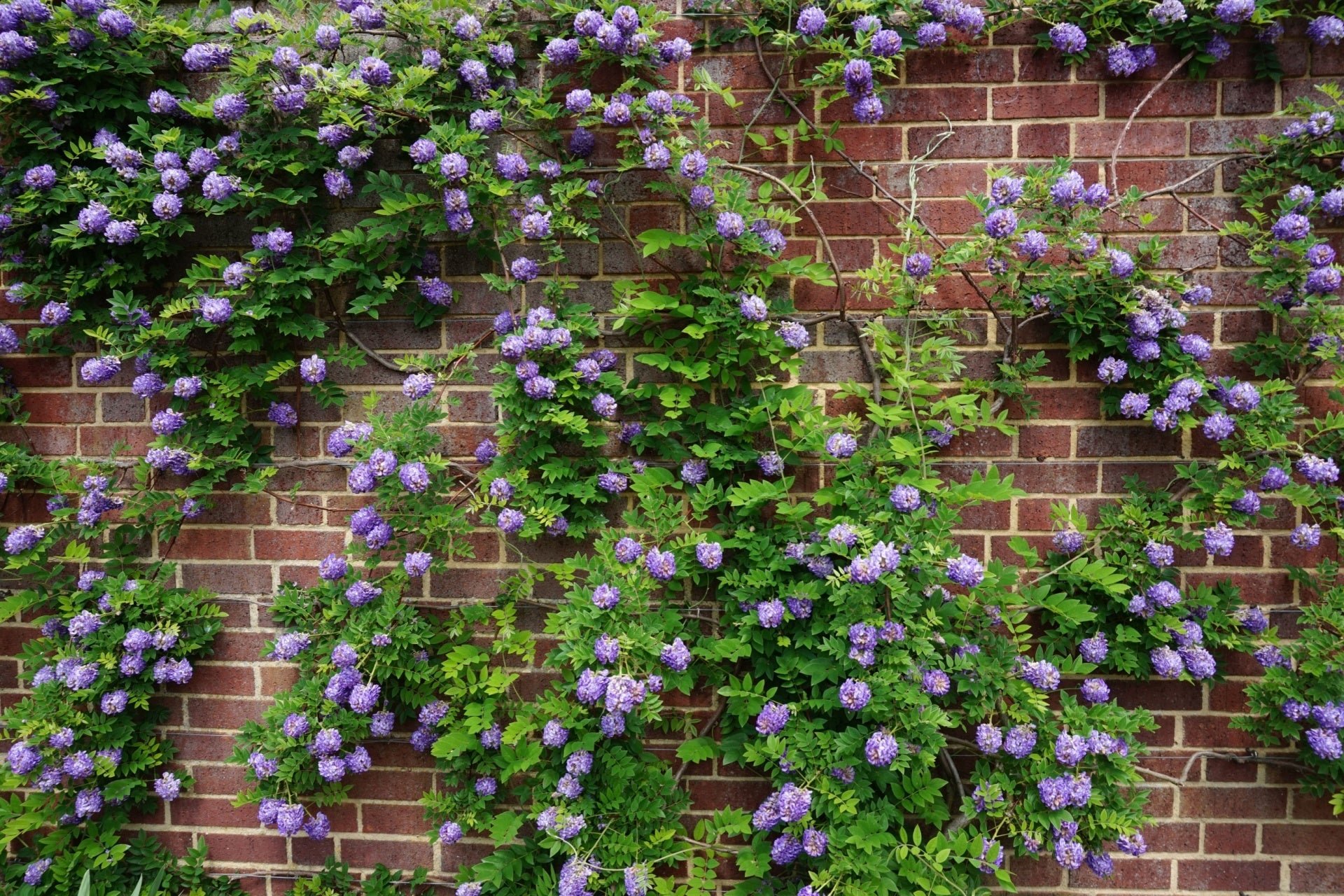
Some gardens are beautiful in the spring and summer, but there isn't much going on in the late fall and winter. A four-season garden provides something to look at all four seasons. The garden has a...
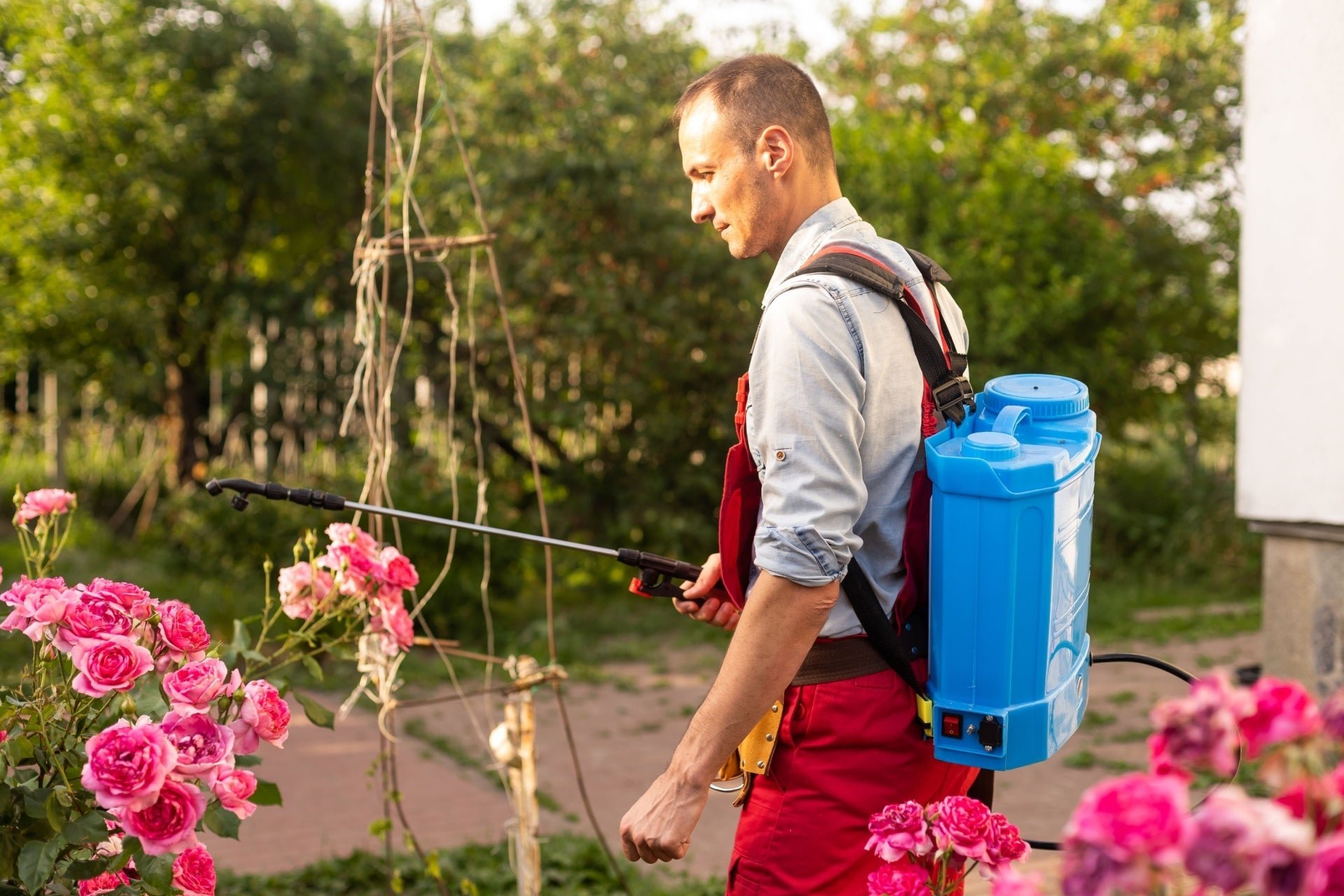
Spring diseases are frustrating. Almost all of them involve wet foliage. Use mulch to cover the soil around the plants. This prevents soil borne diseases from splashing on your plants.
Family Owned and run with pride
Nestled in the heart of Middle Tennessee, TN Nursery is a proud family-owned business rooted in tradition, quality, and a deep love for plants. For generations, we’ve been dedicated to providing exceptional service and building lasting personal connections with gardeners, landscapers, and nature enthusiasts across the country. Our mission is to make planting and gardening more accessible, enjoyable, and rewarding—whether you’re a seasoned horticulturist or just starting your first flower bed.
We specialize in expertly grown native plants, perennials, shrubs, trees, and ferns that thrive in a variety of climates. Every plant we offer is carefully nurtured on our farm to ensure strong root systems, healthy growth, and long-term success in your landscape. From vibrant evergreens to colorful blooms and ground covers, we offer an expansive selection to help you create the outdoor space of your dreams.
At TN Nursery, we believe in more than just selling plants—we’re here to help you transform your garden into a place of beauty, sustainability, and joy. Our knowledgeable team is always available to answer questions, offer guidance, and share tips to ensure your planting experience is a success. Join our growing family of happy customers and let us help you bring your garden vision to life.


